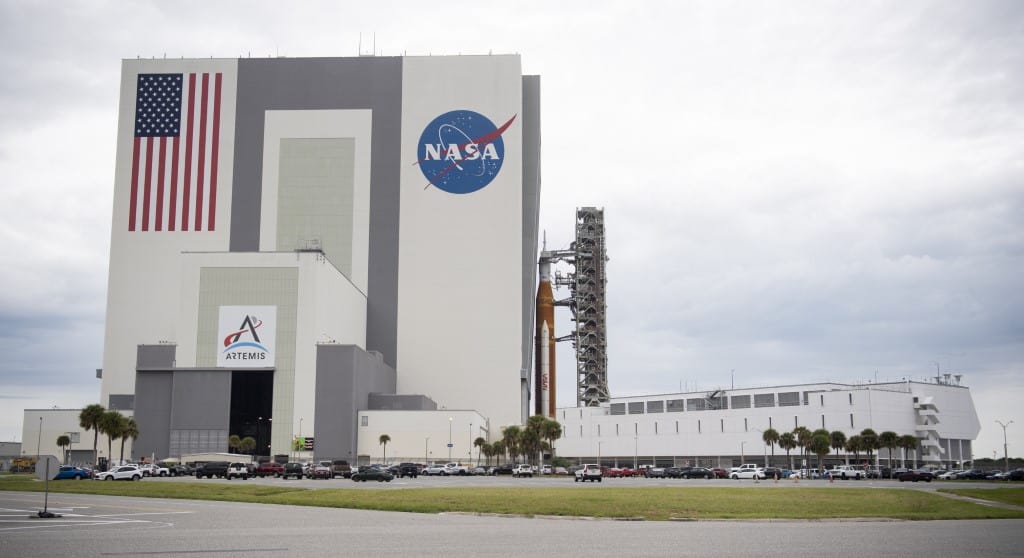Houston, United States– NASA is to reveal the names on Monday of the astronauts — three Americans and a Canadian — who will fly around the Moon next year, a prelude to returning humans to the lunar surface for the first time in a half century.
The mission, Artemis II, is scheduled to take place in November 2024 with the four-person crew circling the Moon but not landing on it.
As part of the Artemis program, NASA aims to send astronauts to the Moon in 2025 — more than five decades after the historic Apollo missions ended in 1972.
Besides putting the first woman and first person of color on the Moon, the US space agency hopes to establish a lasting human presence on the lunar surface and eventually launch a voyage to Mars.
NASA administrator Bill Nelson said this week at a “What’s Next Summit” hosted by Axios that he expected a crewed mission to Mars by the year 2040.
The four members of the Artemis II crew will be announced at an event at 10:00 am (1500 GMT) at the Johnson Space Center in Houston.
The 10-day Artemis II mission will test NASA’s powerful Space Launch System rocket as well as the life-support systems aboard the Orion spacecraft.
The first Artemis mission wrapped up in December with an uncrewed Orion capsule returning safely to Earth after a 25-day journey around the Moon.
During the trip around Earth’s orbiting satellite and back, Orion logged well over a million miles (1.6 million kilometers) and went farther from Earth than any previous habitable spacecraft.
Nelson was also asked at the Axios summit whether NASA could stick to its timetable of landing astronauts on the south pole of the Moon in late 2025.
“Space is hard,” Nelson said. “You have to wait until you know that it’s as safe as possible, because you’re living right on the edge.
“So I’m not so concerned with the time,” he said.
“We’re not going to launch until it’s right.”
Only 12 people — all of them white men — have set foot on the Moon.








